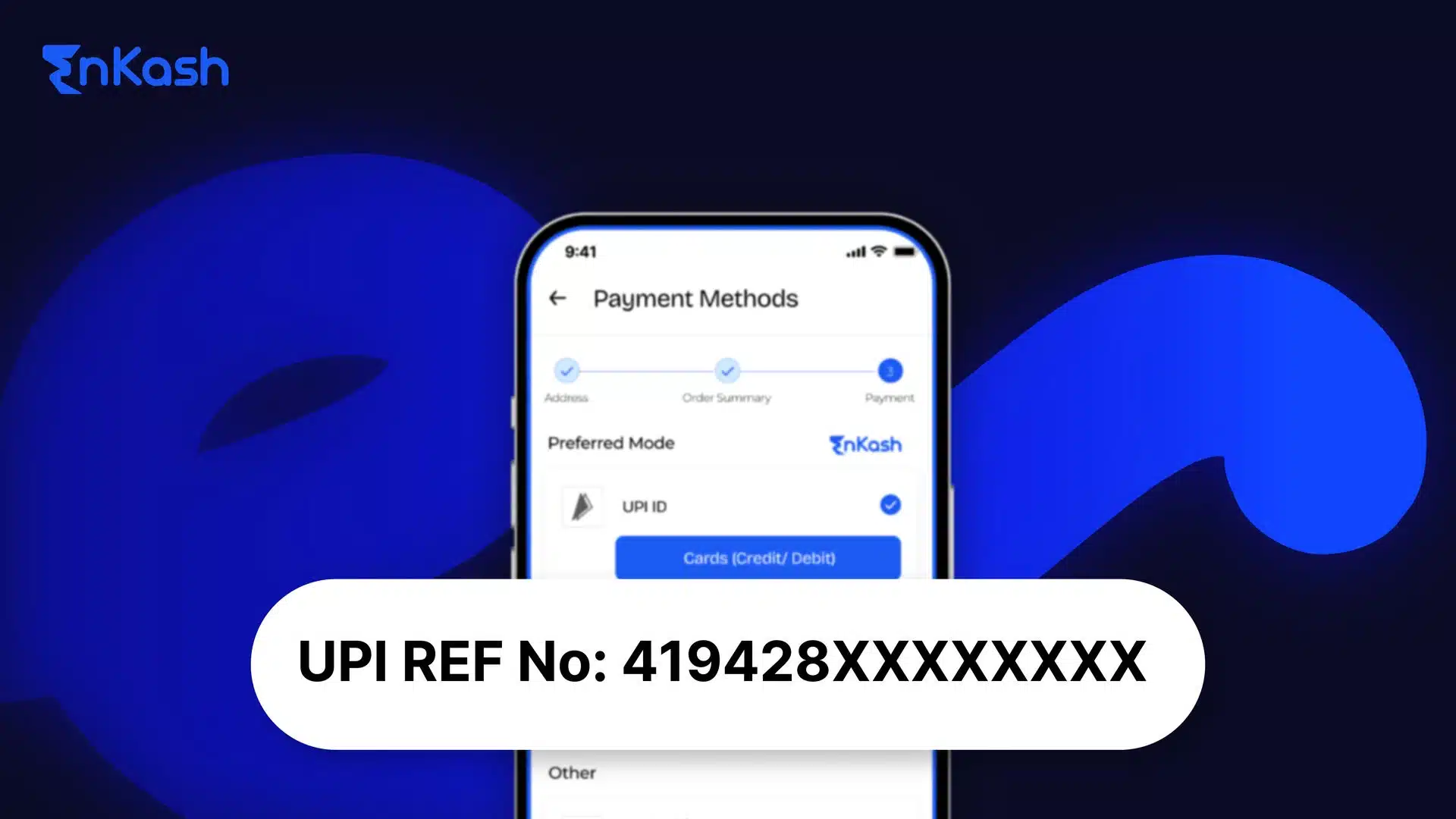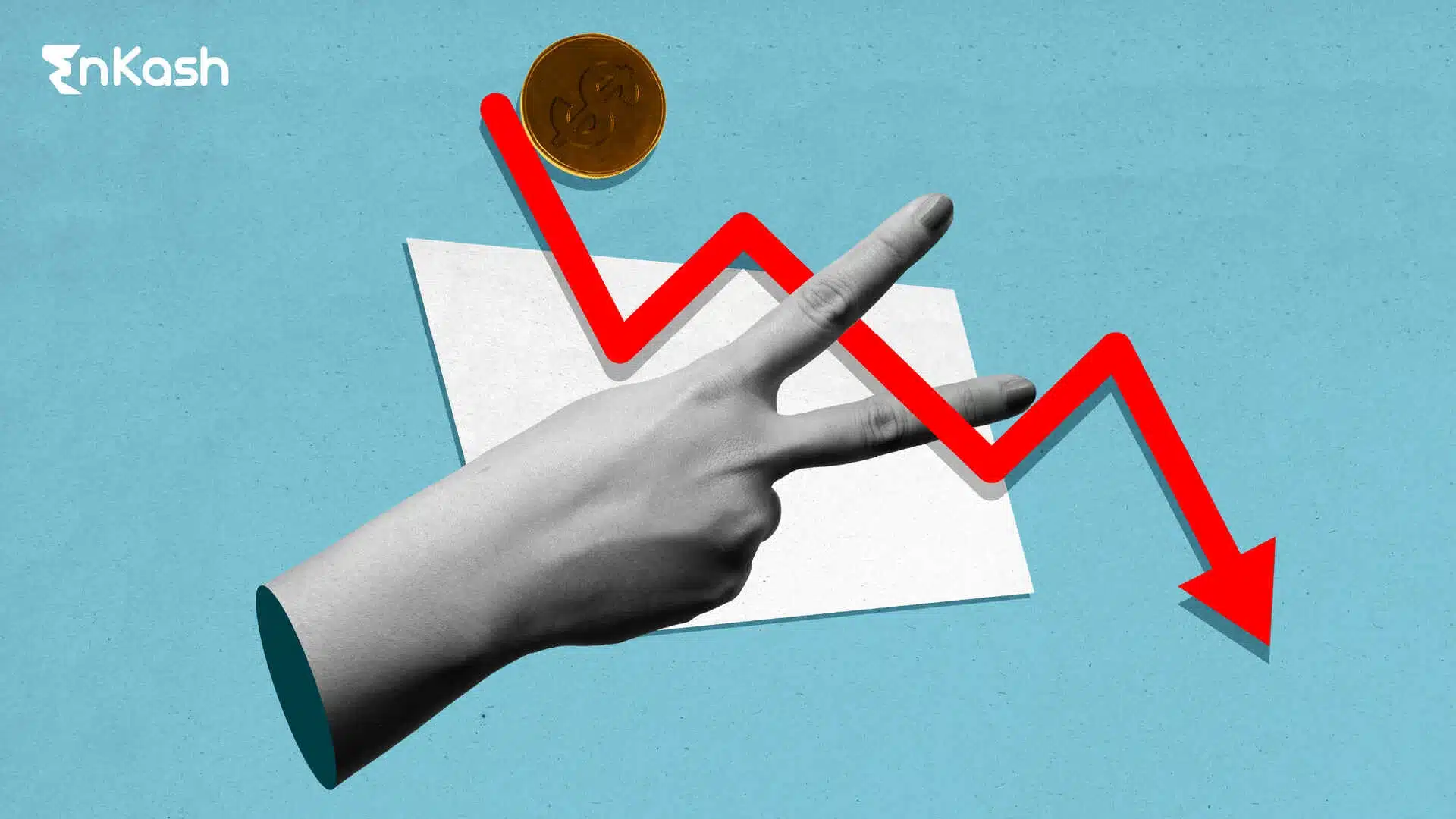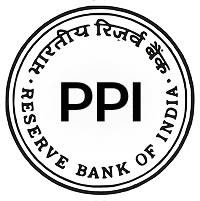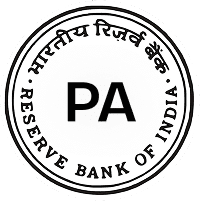What is BIN
The Bank Identification Number or BIN is the set of digits that appears at the beginning of every payment card number. It identifies the financial institution that issued the card and helps the payment network route each transaction to the correct source for approval.
The BIN Full Form is Bank Identification Number, a code defined under the ISO/IEC 7812 standard to provide every card-issuing institution with a unique numeric identity. These digits allow payment systems to distinguish between thousands of banks operating across different networks.
A standard BIN Number contains six to eight digits. Traditionally, a BIN consisted of six digits; after 2022, major networks began using eight-digit BINs for new issuers. The first digit is the Major Industry Identifier (MII), denoting sectors such as banking (4 or 5 for Visa/Mastercard) or travel (1 or 2). When a transaction is initiated, the payment processor reads this sequence first to determine which bank should verify and authorize the payment.
The Bank Identification Number ensures that every transaction is correctly identified, validated, and routed within seconds. It supports fast authorization, fraud prevention, and accurate settlement across global payment networks. Without it, the system would lack the structure needed to recognize card issuers and maintain secure, real-time payments.
Importance of BIN in the Payment Ecosystem
The Bank Identification Number forms the backbone of modern electronic payments. It helps banks, merchants, and card networks identify, verify, and process payments accurately. Each BIN supports risk checks, card classification, and transaction routing across thousands of payment systems worldwide.
For users, it means seamless payments. For banks, it means structured data and secure authentication. The efficiency of every digital payment depends on how accurately this number guides a transaction from the merchant to the issuer and back.
BIN in Credit and Debit Cards
The Bank Identification Number plays a vital role in how credit cards and debit cards function. It is the starting point of every card number, helping payment networks identify the issuer, the card type, and the channel through which the transaction must pass. These few digits make it possible for banks and merchants to communicate instantly when a card is used.
Each card number follows a standard format. The first part contains the BIN Number, followed by the account identifier and a check digit that validates the sequence. The BIN is what allows the payment processor to recognize the issuing bank and decide how to route the transaction. This step ensures that even before a payment is approved, the system already knows the card’s source and category.
For a credit card, the Bank Identification Number indicates the bank that extends the line of credit, the network (like Visa or Mastercard), and sometimes even the class of card, such as platinum or business. In debit cards, the BIN connects the card directly to the customer’s savings or current account. In both cases, it guarantees that funds move securely and reach the right destination.
When a card is used at a terminal or online, the payment network reads the BIN first. Based on it, the system verifies if the transaction request belongs to a valid issuer, checks for risk signals, and forwards it for authorization. Without the BIN, these steps would take longer and expose transactions to a greater risk of error or misuse.
The presence of a Bank Identification Number also enables merchants to apply certain rules automatically, such as accepting specific card networks or limiting high-risk transactions. In a fast-growing digital payment environment, this small numeric sequence ensures precision, speed, and security across millions of daily card operations.
CC BIN
The CC BIN, or Credit Card Bank Identification Number, is a small code that carries a big purpose. Those first few digits on a credit card quietly reveal which bank issued it, which network it belongs to, and where each payment request must be sent for approval. Every purchase begins with those numbers. They tell the system what to do long before you see the word “approved.”
When a credit card is used, the payment network reads the CC BIN first. Those digits identify whether the card runs through Visa, Mastercard, or another network and which bank must authorize the payment. Within moments, the information travels through secure layers of verification and reaches the issuing bank, which decides if the transaction can go through.
Each Credit Card BIN reveals multiple details beyond its digits. It can show if a card is for personal, commercial, or corporate use, the region where it was issued, and even the level of the card, such as standard or premium. Merchants study this data to detect unusual activity. A BIN linked to one country suddenly used from another location might trigger an alert. This quiet system of checks helps stop fraudulent payments before they happen.
Banks and payment processors maintain large BIN databases that are updated constantly. These records allow them to track legitimate issuers, flag suspicious activity, and block high-risk transactions before any funds move. All of it happens behind the scenes while users experience a smooth and instant payment.
In essence, the Credit Card BIN acts as a fingerprint for each card. It guides the transaction from merchant to issuer, confirms identity at every step, and helps build the trust that keeps digital payments safe and reliable.
BIN Card Definition
A BIN Card represents the record that links a payment card to its Bank Identification Number. It serves as a reference point in financial systems, making it easier to trace the origin of a card, identify the issuer, and verify that the card used in a transaction is genuine. Below are the key details that define what a BIN Card is and how it works.
What Is a BIN Card in Banking
In banking, a BIN Card connects a debit or credit card to its issuing institution through the Bank Identification Number. This link ensures that each transaction is recognized by the right bank, helping the payment system authorize, reject, or flag a transaction within seconds. It maintains accuracy across networks by verifying that the card details align with the issuer’s database.
The BIN Card also helps banks monitor card usage patterns. It supports faster resolution of disputes and assists in identifying fraudulent activity by confirming the legitimacy of the issuing source during every transaction.
Structure and Purpose of a BIN Card
A BIN Card holds key information such as the issuing bank’s name, card network, card type, and issuing country. These details are stored within the payment system’s records to maintain consistency during data verification. Each time a card is used, the system checks the BIN Card record to ensure the transaction routes to the correct financial institution.
This structure keeps digital payments accurate, reduces the risk of routing errors, and helps prevent duplication or misuse. For banks, it creates a single reference system that keeps both financial and customer data organized and traceable.
BIN Card in Non-Banking Contexts
Outside of finance, the term BIN Card may describe a record used for stock or inventory management. It tracks how many units of an item have been issued, received, or remain in storage. Though the term is the same, its purpose is entirely different. In payments, a BIN Card secures financial accuracy. In inventory, it ensures operational control.
Keeping the distinction clear is essential, as confusing the two can lead to errors in record-keeping or reporting.
Role of BIN Card in Secure Transactions
Every Bank Identification Number stored within a BIN Card helps banks and merchants verify card data before processing payments. This reduces fraud, enables faster approvals, and ensures the transaction remains traceable. By matching the BIN Card details with real-time transaction data, financial institutions can spot unusual patterns early and protect both customers and merchants from potential losses.
How BIN Helps in Banking
The Bank Identification Number strengthens every layer of the banking system by ensuring each transaction is verified, routed, and recorded accurately. It supports risk control, faster payment processing, and transparency across multiple financial networks. Here is how it helps, divided into clear areas of function.
Identifying the Issuing Bank
- The BIN Number tells the payment network which financial institution issued the card.
- It helps the system direct each transaction to the correct source for authorization.
- This mapping prevents confusion between similar card numbers from different banks.
Speeding Up Authorisation
- The presence of a Bank Identification Number allows instant identification of the issuing bank, saving valuable processing time.
- This enables real-time approvals and declines without manual intervention.
- It improves transaction speed for both customers and merchants, maintaining efficiency during peak activity.
Enhancing Fraud Detection
- BINs are cross-checked during each transaction to detect mismatched data or suspicious behavior.
- Banks analyze BIN patterns to identify cloned, stolen, or unauthorized cards.
- The system flags abnormal activity such as location mismatches or high-risk usage, reducing financial losses.
Supporting Compliance and Risk Management
- The Bank Identification Number contributes to compliance processes like Know Your Customer (KYC) and Anti-Money Laundering (AML).
- It helps verify card origins and maintain accurate reporting for audits.
- Regulatory systems rely on BIN data to trace the source of funds in large or unusual transactions.
Improving Merchant and Customer Experience
- Merchants use BIN information to recognize the type of card being used, such as debit, credit, or prepaid.
- It helps them apply appropriate fees, offers, or restrictions.
- Customers benefit from faster processing, reduced errors, and greater trust in digital payments.
Simplifying Transaction Routing
- The BIN Number ensures that every card transaction follows a clear route from merchant to acquiring bank and then to the issuer.
- This reduces the chances of failed or delayed payments.
- It maintains system stability by balancing loads across networks, even during high transaction volumes.
Example of BIN in Real Transactions
The Bank Identification Number operates quietly behind every card payment, ensuring the transaction reaches the correct bank for approval. It decides how data moves between the merchant, the card network, and the issuer. To understand its role more clearly, here are real-world scenarios that show how the BIN works in practice.
Example 1: Online Purchase on an E-commerce Website
A customer enters their card details while shopping online. The payment gateway instantly reads the BIN Number to identify the card’s issuing bank and network. It sends an authorization request to that bank through the correct payment channel. If the card details, billing address, and available funds match, the bank approves the transaction within seconds. If the Bank Identification Number belongs to a restricted or high-risk region, the system may reject or flag the payment for review.
Example 2: Point-of-Sale Transaction at a Store
At a physical terminal, the moment the card is swiped or tapped, the machine captures the BIN Number. That small code helps the terminal communicate directly with the card network, which routes the request to the right bank. Within a blink, the bank verifies the cardholder’s account and sends a response back. Without the BIN, the terminal would have no direction, causing delays or failed transactions.
Example 3: Cross-Border Payment
When a card issued in one country is used elsewhere, the Bank Identification Number helps the system recognize the country of origin. This ensures compliance with local rules and international transaction standards. If the activity seems unusual for the cardholder, the bank can hold or verify the payment through additional security steps. This reduces unauthorized international use and improves fraud detection.
Example 4: BIN Lookup for Verification
Banks and merchants use BIN Lookup Tools to identify the issuer of a card before processing payments. For instance, if a merchant receives a high-value order, they can check the BIN Number to confirm if it matches the country and card type declared by the buyer. Such lookups prevent chargebacks and help businesses spot fake or cloned cards before approval.
Example 5: Blocking a Compromised BIN
When a set of card numbers linked to a specific BIN is found to be compromised, banks can block that BIN range across the network. This step stops all related transactions until the issue is resolved. It protects both the financial institution and the users, limiting exposure to fraud in real time.
What Is the Difference Between BIN and TIN
Both BIN and TIN are identification systems used in finance, but they serve completely different purposes. The Bank Identification Number belongs to the world of payments, while the Tax Identification Number is used for taxation and compliance. Understanding their differences helps prevent confusion between the two.
Aspect |
BIN (Bank Identification Number) |
TIN (Tax Identification Number) |
Full Form |
Bank Identification Number |
Tax Identification Number |
Purpose |
Identifies the issuing bank or financial institution behind a payment card |
Identifies taxpayers such as individuals, companies, or organisations for tax purposes |
Used By |
Banks, card networks, payment processors, and merchants |
Tax authorities, businesses, and individuals filing taxes |
Field of Application |
Electronic payments, transaction routing, and fraud control |
Tax registration, compliance, and financial reporting |
Issued By |
Card networks and financial institutions under global ISO standards |
Government tax departments or authorities |
Format |
Numeric code of 6 to 8 digits embedded at the start of a debit or credit card |
Alphanumeric code that varies by jurisdiction or type of taxpayer |
Function |
Directs transactions to the correct issuing bank during payment processing |
Tracks tax obligations and financial activity of individuals or organisations |
Verification Process |
Checked by payment gateways and networks in real time |
Verified by tax authorities during registration or filing |
Scope |
Used globally within financial systems for card-based payments |
Used within a country’s taxation framework for identification |
Example of Use |
A payment gateway uses the BIN to identify which bank issued a card before approving a purchase |
A business enters its TIN while filing tax returns or applying for invoices |
BIN Structure and Technical Details
The Bank Identification Number follows a defined structure that helps global payment systems recognise, verify, and process transactions accurately. Every digit has a purpose, and together they form a framework that links the cardholder, the issuer, and the card network in a secure way.
Standard Format of a BIN
A BIN Number usually contains six to eight digits. These digits are part of the card’s full number, also known as the Primary Account Number. Each section of the BIN conveys specific information that allows a payment gateway to identify the origin of the card and route the request correctly.
Digit Position |
Function |
1 |
Major Industry Identifier – tells the network which sector issued the card, such as banking or travel |
2 to 6 or 2 to 8 |
Identify the issuing bank or financial institution |
Remaining digits |
Represent the customer’s unique account number |
Final digit |
Acts as a checksum to verify the validity of the number |
This layout follows the ISO/IEC 7812 international standard, which governs how card numbers are created and validated.
Six-Digit vs Eight-Digit BIN
Initially, most cards used a six-digit BIN. As digital payments expanded and new issuers entered the market, those numbers became insufficient. To meet the demand, networks began adopting eight-digit BINs, allowing more combinations and ensuring every financial institution could hold its own range. The switch to an eight-digit Bank Identification Number officially began in April 2022 as per Visa and Mastercard mandates. Card networks and payment processors upgraded their systems to support the new format while keeping older six-digit BINs active. This transition expanded capacity without affecting existing cardholders.
The Role of the Luhn Algorithm
Each card number ends with a check digit calculated through the Luhn Algorithm. This simple mathematical rule verifies whether the card number, including the BIN, follows the correct structure. When a card is entered incorrectly, the system can instantly detect it and reject the transaction. This helps prevent errors during payment authorization and strengthens the accuracy of card validation systems.
BIN Tokenization and Data Protection
Modern financial systems use tokenization to protect sensitive data. In this process, the original card number and BIN are replaced with a unique token that can be used for transactions without revealing actual details. This method keeps payment data secure, reduces the risk of breaches, and ensures compliance with privacy standards such as PCI DSS. For banks and merchants, tokenization means safer storage, less exposure to cyber threats, and continued smooth operation across devices and payment channels.
How the Structure Improves Global Payments
The structured format of the Bank Identification Number ensures that every card, regardless of country or network, can be recognized by a single, universal system. This standardized approach allows seamless integration between banks, merchants, and payment processors across borders, enabling global transactions to occur in real time.
BIN Fraud and Security Challenges
- Fraudsters misuse Bank Identification Numbers to guess valid card combinations or conduct illegal transactions.
- BIN enumeration attacks use automated bots to test possible numbers until they find valid card combinations.
- Stolen or leaked BIN data can be used to create counterfeit cards or perform unauthorized online purchases.
- Banks rely on real-time BIN monitoring systems to identify and block suspicious activity before payments are processed.
- Regular database updates, multi-factor authentication, and tokenization protect customers and merchants from such threats.
- Continuous tracking of BIN patterns helps detect emerging risks and prevent large-scale data breaches.
In Conclusion
The Bank Identification Number forms the foundation of every digital payment. It connects the merchant, the payment network, and the issuing bank in one seamless chain. Each transaction depends on this small code to verify the card, locate the issuer, and ensure that funds move safely and instantly.
Beyond its technical role, the BIN Number embodies trust in the global financial system.. It allows banks to detect fraud, merchants to process payments smoothly, and users to make transactions without concern. In every digital exchange, the BIN remains the unseen element that keeps global payments reliable and secure.
FAQs
1. What is a Bank Identification Number?
A: A Bank Identification Number (BIN) is a 6- or 8-digit code at the start of a card number that identifies the issuing bank.
2. What information can be derived from a BIN?
A Bank Identification Number reveals the issuing bank, the card network, the card type, and sometimes the country or region where it was issued. It also indicates whether the card is debit, credit, or prepaid. Merchants and banks use this data to verify transactions and prevent misuse before authorizing payments.
3. Can two banks share the same BIN?
No, every Bank Identification Number is unique to its issuer. Each financial institution receives its own BIN range under international standards. This separation ensures accurate identification and routing of transactions, preventing confusion between issuers and maintaining consistency across global payment networks.
4. Why did the BIN format expand from six to eight digits?
The earlier six-digit BIN Number format could not support the growing number of issuers and digital card products. To address this shortage, payment networks introduced the eight-digit BIN, expanding capacity and allowing more financial institutions, fintechs, and card programs to operate securely without overlap.
5. How do merchants use BIN data during transactions?
Merchants use BIN lookup tools to identify the card’s origin, verify if it belongs to a trusted region, and apply network-specific rules such as surcharges or rewards. This helps reduce chargebacks, detect unusual activity, and maintain compliance with payment gateway security protocols.
6. What are BIN attacks, and how do they work?
A BIN attack happens when hackers use automated systems to guess valid card numbers by testing combinations around a known Bank Identification Number. They look for active cards that respond positively during authorization attempts. Banks counter this with rate limits, pattern detection, and advanced risk-monitoring systems.
7. How can users protect themselves from BIN-related fraud?
Cardholders should avoid sharing full card numbers or screenshots of cards online. Banks already identify cards through the BIN Number, so no public disclosure is needed. Using secure websites, enabling two-step verification, and monitoring bank statements regularly can protect against misuse or unauthorized transactions.
8. Is the BIN the same for virtual cards?
Yes, virtual cards carry a Bank Identification Number like physical cards. The BIN still identifies the issuing bank and card type, even when the card is digital. However, virtual cards usually use tokenization and temporary numbers, making them safer against fraud and data theft.
9. How do BIN lookup databases stay accurate?
Banks and networks maintain centralized BIN databases that are updated in real time. They add new BIN ranges when cards are issued and remove old ones when products are retired. This constant updating helps processors and merchants verify transactions with precision and detect mismatched or fraudulent data.
10. What role does the BIN play in international payments?
In cross-border transactions, the Bank Identification Number identifies the country of issuance and the corresponding network rules. It ensures that global authorization systems apply proper conversion rates, fraud checks, and regulatory requirements. Without BIN recognition, international payments would fail to comply with routing and verification standards.
11. Can a BIN reveal personal details about the cardholder?
No, a Bank Identification Number does not contain personal data. It identifies only the issuing bank, card network, and product type. Personal details such as account number, name, and contact information are stored separately and are never encoded within the BIN, protecting user privacy at the system level.








